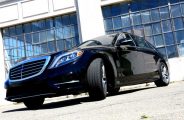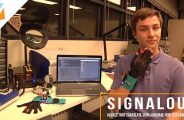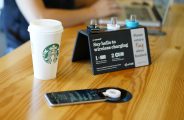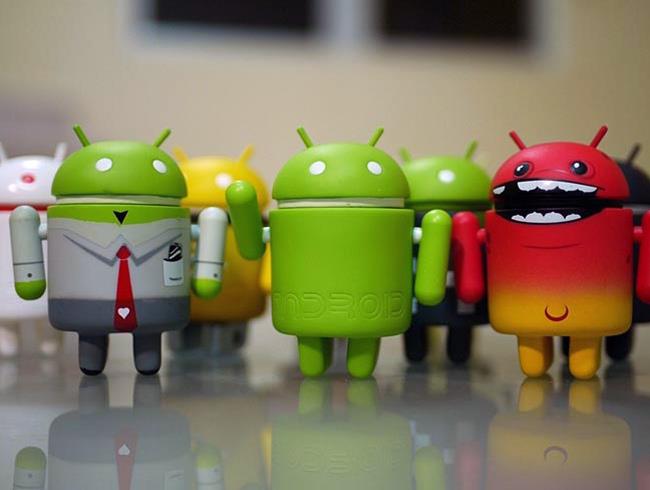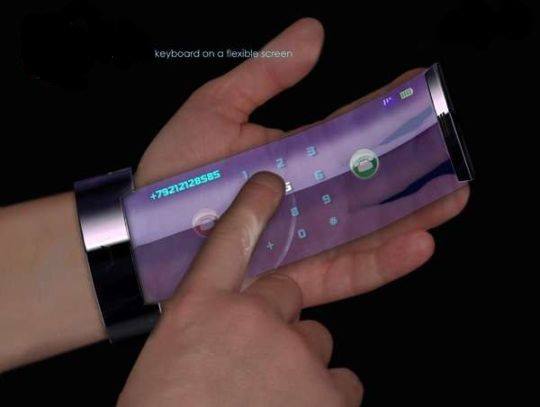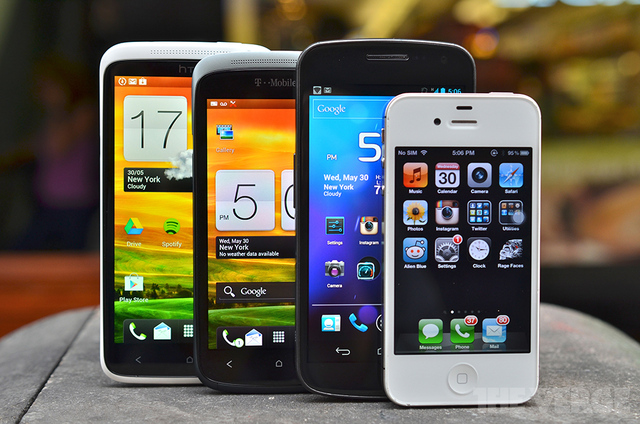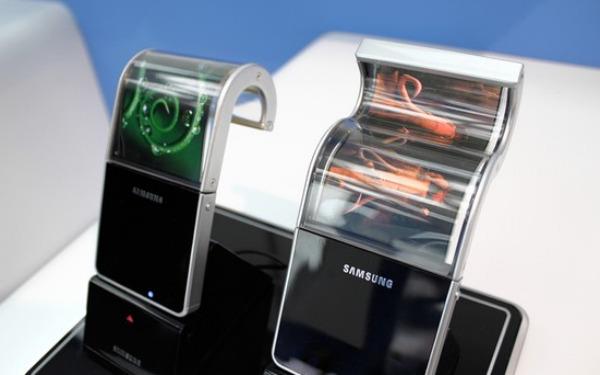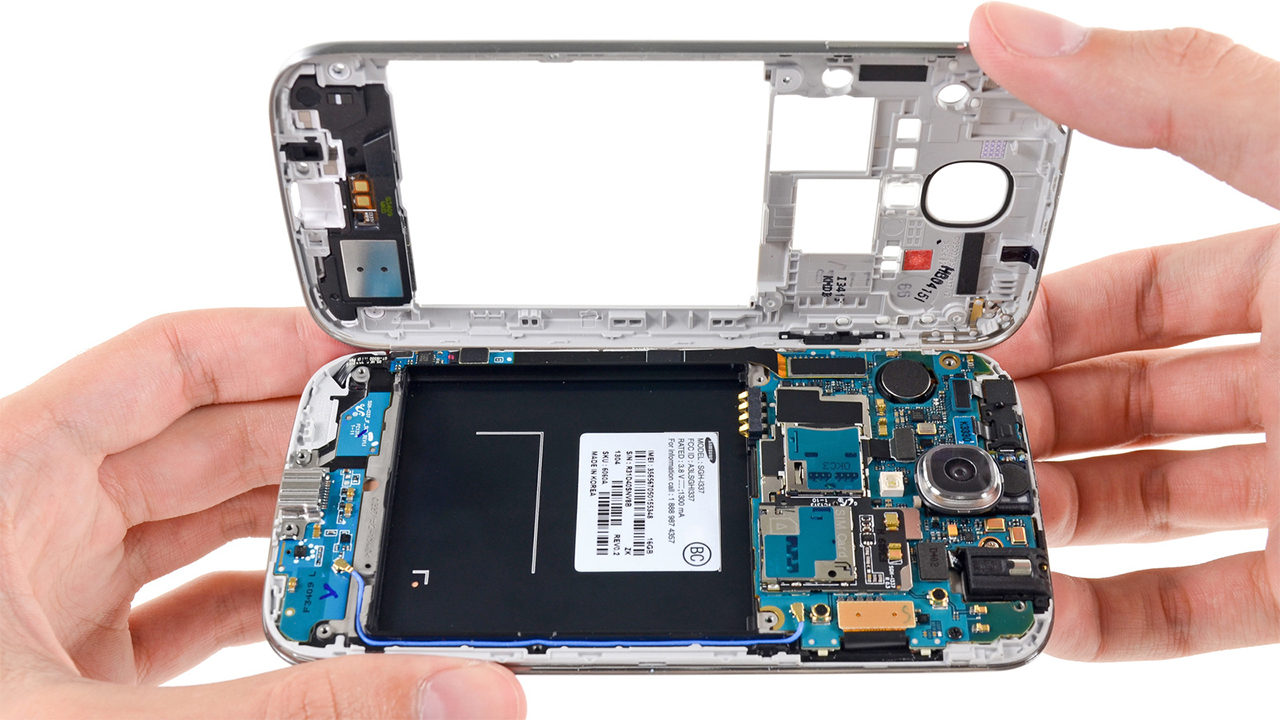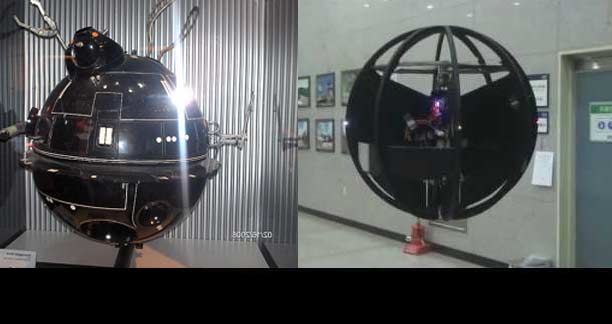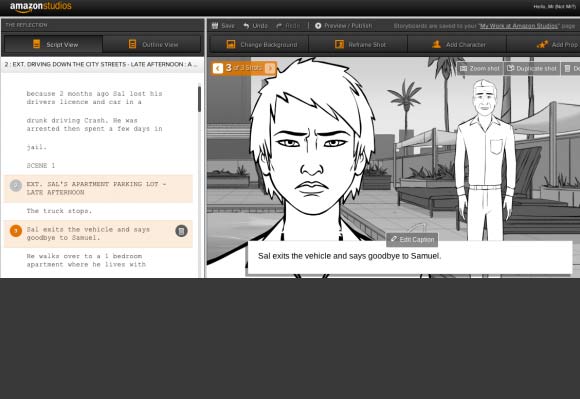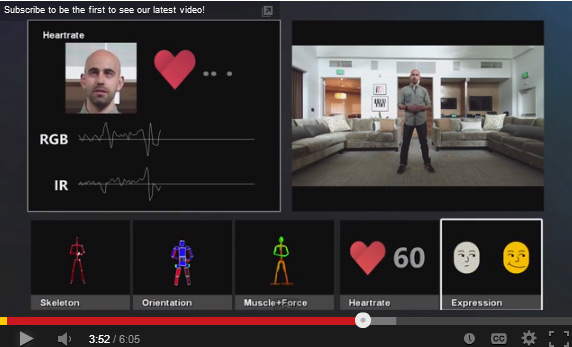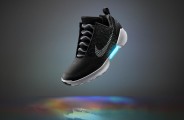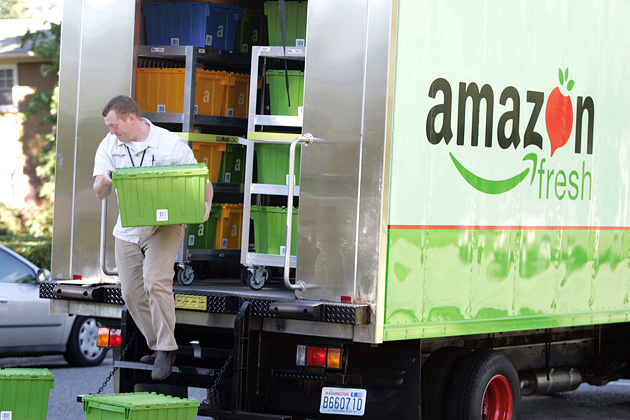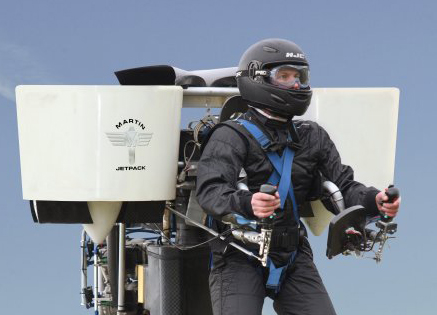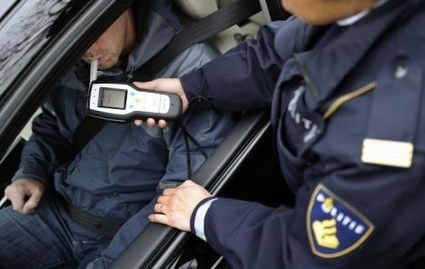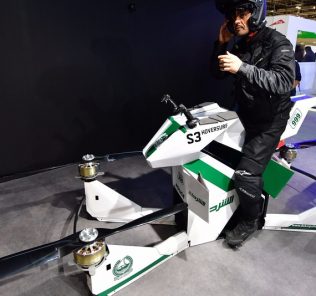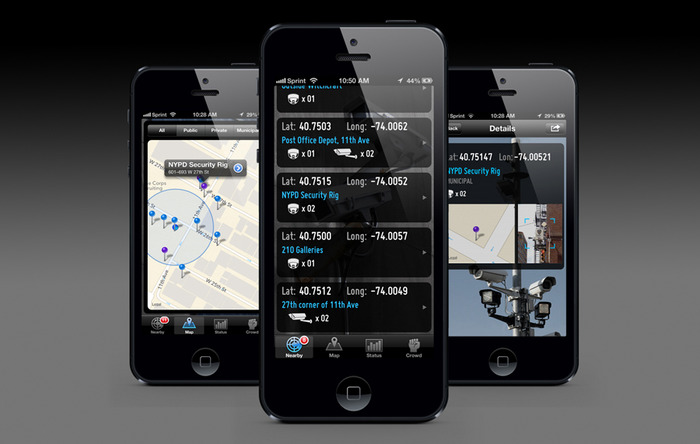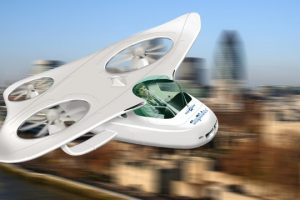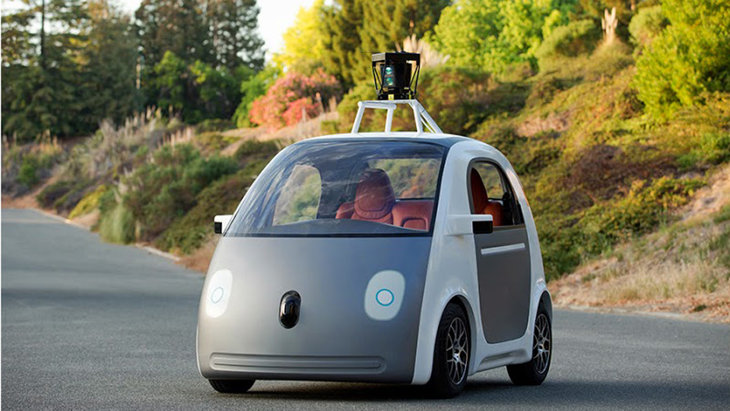Controversial Tech: Breathalyzer For Pot Being Tested. Is This A Good Idea?
While pot smokers across America are celebrating victories over the legalization of marijuana in dozens of states, several ‘cloudy’ issues still remain. For all those that indulge in smoking mary jane, do not forget one serious thing, that it is still very illegal (and rightfully so), to operate a vehicle while under the influence of marijuana, cocaine, and other substances.
With the legalization of certain drugs, a myriad of legal questions has arisen, and along with the legal debates, controversies over emerging technology have shown up as well.
For obvious reasons, states have always been very stringent about operating vehicles under the influence. Along with the human consequence of a person driving under the influence, the fines and penalties for driving ‘high’ are just as steep as you getting behind the wheel after too many.
Unlike alcohol which can easily be smelled on a persons breath, marijuana and cocaine, unless used in the vehicle, are more difficult to detect & prove by a policeman. For law enforcement there hasn’t been a device that can detect the presence of such drugs as it can for alcohol… until now.
Scientists in Sweden believe they’ve made a breakthrough in creating a device the can detect the presence of marijuana and other drugs on the scene, but it is not without controversy.
As the Smithsonian magazine reports, Sober Minds at the Karolinska Institute in Stockholm decided to use an already available breath sampler they created called SensAbues, which claims to analyze breath samples using chromatography, and mass spectrometry.
*This analysis allegedly, offers “legally definitive” results of marijuana or cocaine usage of a vehicle operator.
It seems that the small particles that indicate drug use, embed themselves into the fluid that lines your air ways. It is these particles that the device traps and ‘analyses.’
The researchers claim they can detect traces of several drugs, including pot, cocaine, meth, morphine and diazepam.
The machines are in the testing phase, but dozens of local and state law enforcement are eyeing the technology ready to put it into effect to the masses. One can surely imagine in the very near future that your friendly local policeman might have another tool at his or her disposal to examine just what condition you are really in….but is it flawed?
Here’s What You Should Know
*Because of the flaws in the devices, this technology is very controversial. If this technology does become mainstream, knowing these points below might help you so consult with an attorney.
*We’ve pointed out some blaring legal issues with the detectors.
– Driving under the influence charges are serious. Some of the test results achieved were 24 hours after the subjects had taken drugs. This means a person could smoke a full day before, not be under the influence any more, but the device still gives a positive result as if had just lit one up? With that serious flaw, how do you charge someone as being under the influence?? Very Questionable to say the least? and a very serious charge as well, so better be sure.
-Does the presence of drugs on your breath signify that there are significant amounts in your actual system? (What if you were around pot but did not smoke it yourself?) How does the machine know?
– If there is no presence of weed in the car, can the machine tell when a person actually smoked? Could it tell specifically to give a definitive answer enough to charge a person? Hmmm?
– What if the person has higher tolerance for pot? Is a person fit to drive 24 hours after smoking? probably yes for pot.? a legal issue to be debated
– Currently each state uses its own .00 blood alcohol rating to judge safe driving levels. Meaning you can drink a little and drive, just as long as your not over the limit. If marijuana is legal in a state like alcohol, what would the ‘safe’ level be of drug presence in the body? how do you rate that for pot 1 puff… 2 puffs … 3?? How do you charge a person as being over the limit ?? Debatable.
-There’s another little kink here. In 23 percent of the samples taken, the machine declared that it had detected drugs when none had actually been taken. Yes, the dreaded false positive still lurks.
*Please note Digital Afro does not condone in any way driving under the influence of any substance at all.
Please tell us your thoughts in the FB comments below.





